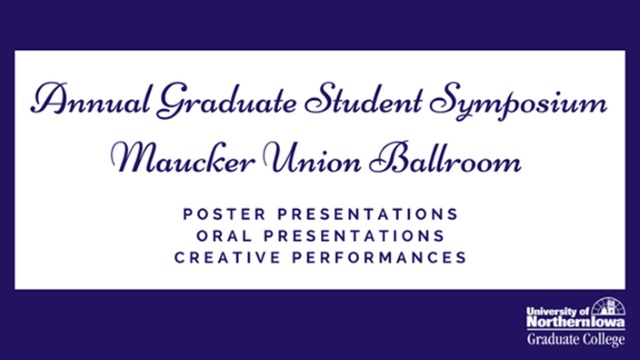
Complete Schedule
The Cold War Through Re-Runs: An Examination of the Intersection Between Popular Culture and the Cold War
Presentation Type
Oral Presentation (Electronic Copy Not Available)
Keywords
Cold War in popular culture; Cold War--Influence;
Abstract
The Cold War impacted the culture and society of the United States due to the possibility of an ever-present attack from an invisible, radioactive force. This situation played out on television and in movies throughout the extent of the Cold War and in texts looking back at the era. A cultural memory was established through the nostalgic lens of writers and directors creating television shows and movies depicting time throughout the Cold War era. This memory is developed and framed through the depiction of the everyday nature the constant fear of nuclear warfare had on society. The cultural memory and nostalgic favoritism of a nation is examined as I analyze how the Cold War was portrayed in The Wonder Years (1988-1993), a television show set in the 1960s and 1970s, and Forrest Gump (1994), a film about a veteran who is reminiscing about his past life between the 1950s and 1980s. These texts are viewed through a retrospective frame in the same way their writers and producers generated them in their focus on depicting past eras. This analysis is situated with a critical view on audience, identification, and symbolism through a rhetorical perspective that considers the normalization of the Cold War and its impact on the nation’s culture and society.
Start Date
4-4-2017 1:00 PM
End Date
4-4-2017 1:30 PM
Faculty Advisor
David Grant
Department
Department of Languages and Literatures
Copyright
©2017 Jeremy Roberts
Embargo Date
4-4-2017
The Cold War Through Re-Runs: An Examination of the Intersection Between Popular Culture and the Cold War
The Cold War impacted the culture and society of the United States due to the possibility of an ever-present attack from an invisible, radioactive force. This situation played out on television and in movies throughout the extent of the Cold War and in texts looking back at the era. A cultural memory was established through the nostalgic lens of writers and directors creating television shows and movies depicting time throughout the Cold War era. This memory is developed and framed through the depiction of the everyday nature the constant fear of nuclear warfare had on society. The cultural memory and nostalgic favoritism of a nation is examined as I analyze how the Cold War was portrayed in The Wonder Years (1988-1993), a television show set in the 1960s and 1970s, and Forrest Gump (1994), a film about a veteran who is reminiscing about his past life between the 1950s and 1980s. These texts are viewed through a retrospective frame in the same way their writers and producers generated them in their focus on depicting past eras. This analysis is situated with a critical view on audience, identification, and symbolism through a rhetorical perspective that considers the normalization of the Cold War and its impact on the nation’s culture and society.



Comments
Location: Maucker Union State College Room